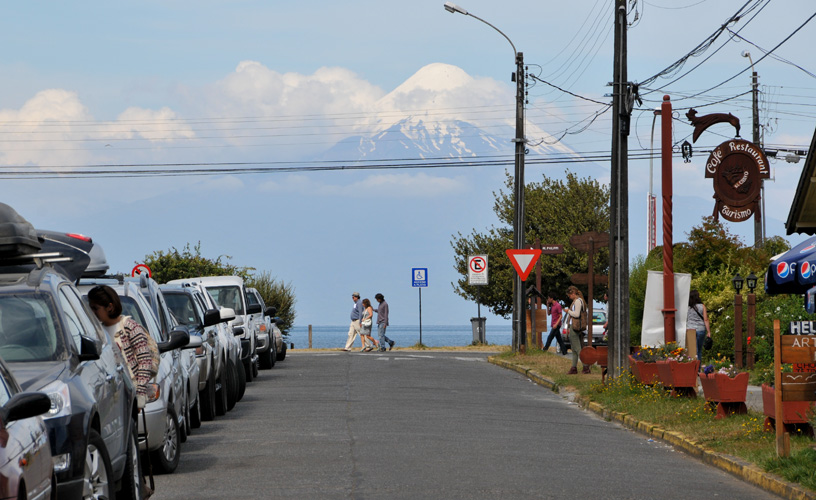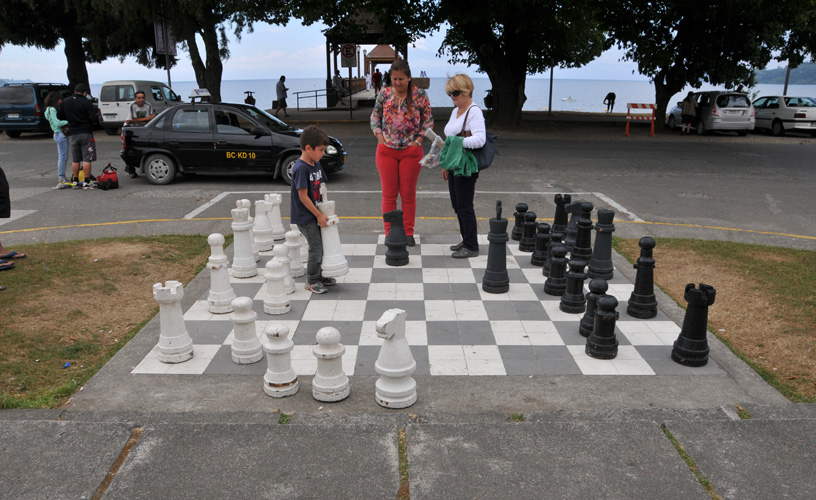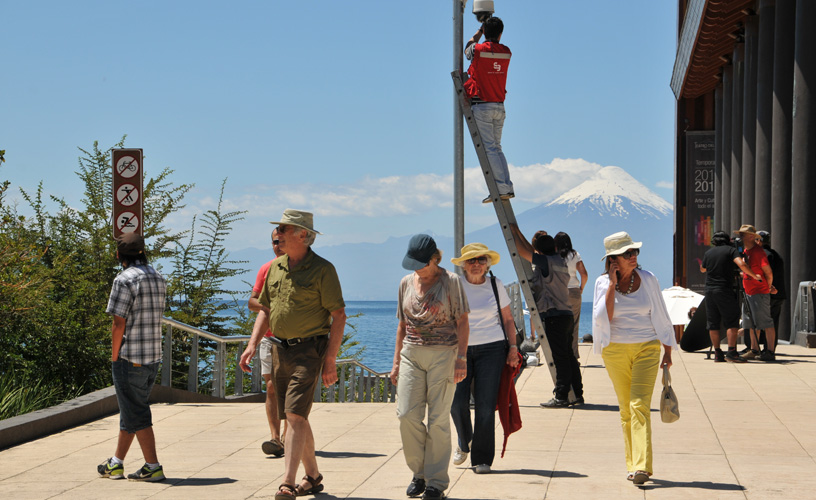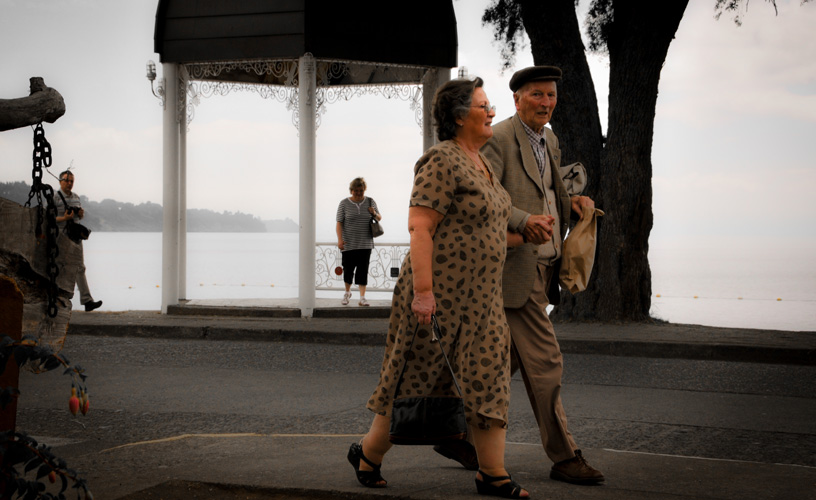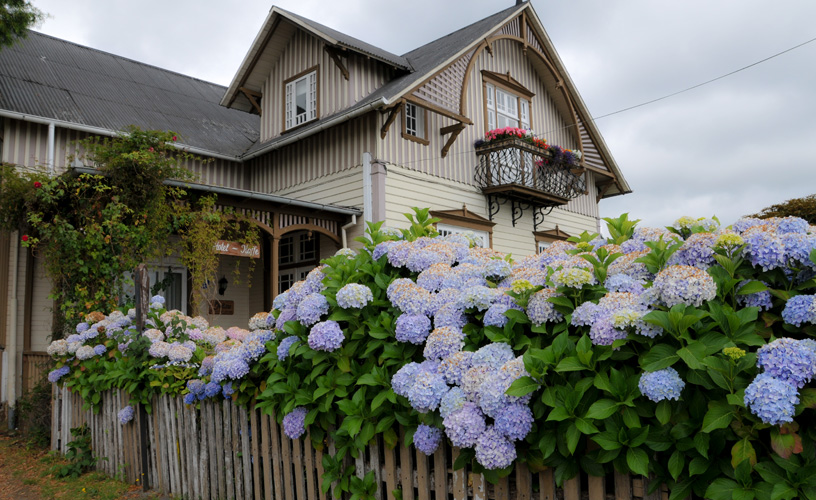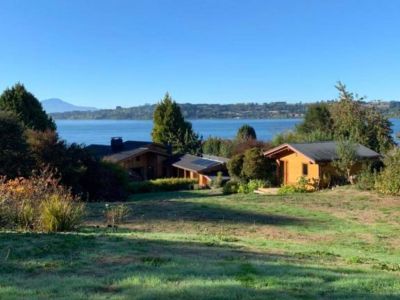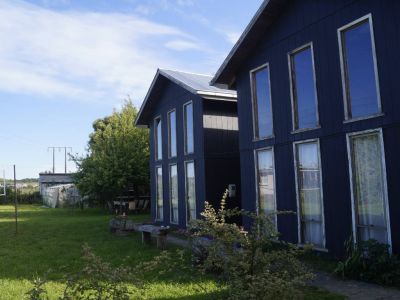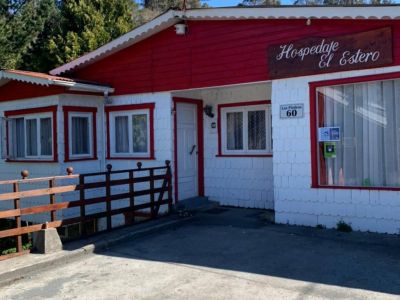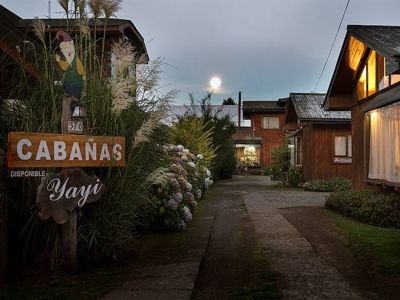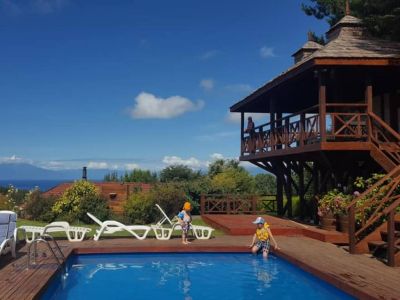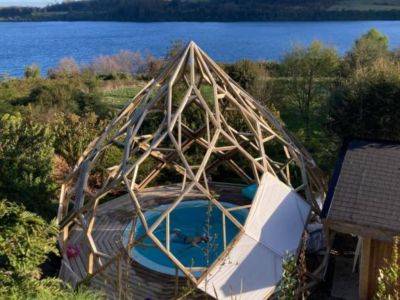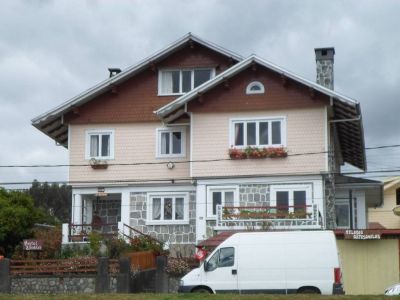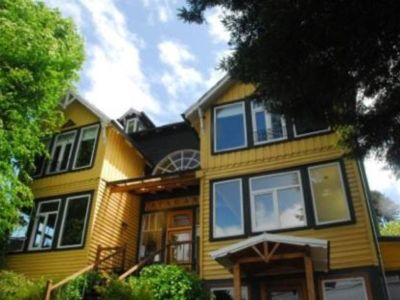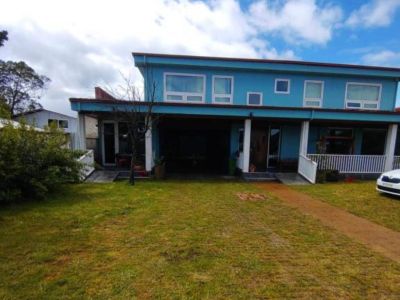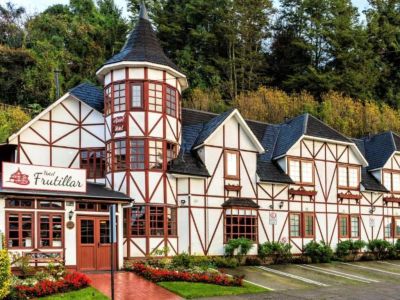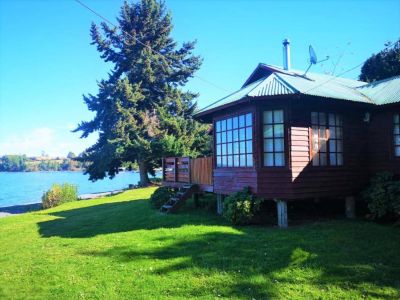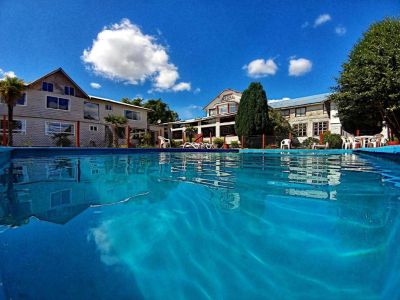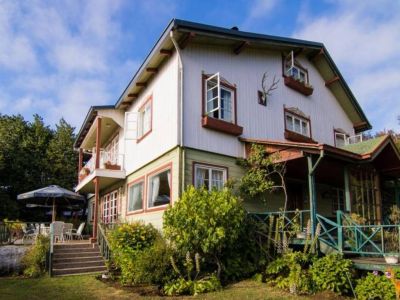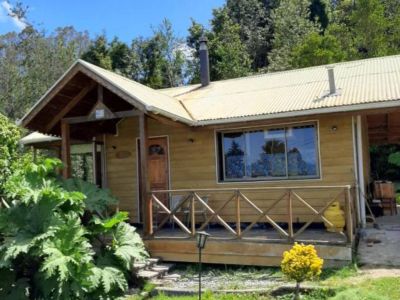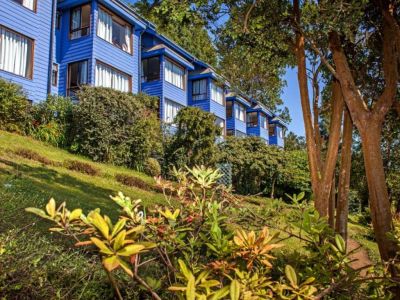When touring around it, Frutillar displays two well-defined areas: Upper and Lower. The latter is the traditional city that welcomed the German immigrants who built their houses by Lake Llanquihue, with the volcanoes in the background. As we reached Lower Frutillar, the steep slope of the cliff gave us a first glimpse of the size of the town resting on the shore. We parked our car and resolved to walk without haste and behold the buildings from a close distance. Some of them are over 150 years old. As we walked down Philippi Avenue, we were impressed by the silhouettes of the Osorno and Puntiagudo Volcanoes, as well as by the fine sand beach that borders the large bay. The old grand European houses have been enhanced and continue to lodge families, hostels and first-class gastronomic venues. In its early days, these buildings belonged to large families. Their roofs and facings made with Patagonian cypress tiles are a classic among them. Richter House (where the Art School works today) and the Lutheran Church are two referents of the time.
Streets with a German Accent
Following Philippi Street, we let ourselves be tempted by the delicious pastries made at one of its tea houses. Sitting next to one of the large windows, we could admire the landscape and the tourists going by. With soft music in the background, we tasted several pieces of kuchen, a very tasty pie in different varieties, which best represents the old recipes by German grannies. As we got past the Town Hall building, we saw that several kids were enjoying a chessboard painted on the ground, with pieces that were as big as themselves but could be easily moved. Saying “Frutillar” is saying “Musical Weeks” and “Lake Theater”: two symbols that make music, art and culture enthusiasts take pride. In the summer, cultural activities increase. Those who love concerts and plays fill the facilities of the theater located on the lake waters and also enjoy outdoor rides. The huge building silhouette is cut out on the lake and several musical ornaments lie on the lakeshore, highlighting the taste of the community. Then we took the first parallel street, called Pérez Rosales. It looks similar to Philippi Street. Even if it is lined by several gastronomic venues serving regional dishes and beer, the most typical feature about this street is its grand mansions with tidy gardens where the German essence is combined with the traditional Chilean traits. We had the chance to enter the German Colonial Museum, located on this street. We toured the main house, the millhouse, the blacksmith and the spacious garden, which let us understand more about the lifestyle of the first immigrants. On the way to Upper Frutillar, we saw some viewpoints that offer panoramic sights and the opportunity to take photographs. On its broad streets, we found many stores, apartments, schools, banks and the bus station. An old railway station has left the track of the old colonization days. We went back to the lakefront to enjoy the fresh air and relish the lights reflected upon the lake waters. We noticed the presence of few people. We understood that nightlife in Frutillar takes place in the home and at the restaurants. The town of begonias becomes alive during the day. Everyone knows one another and some personal stories are intertwined.
Mónica Pons
Eduardo Epifanio

